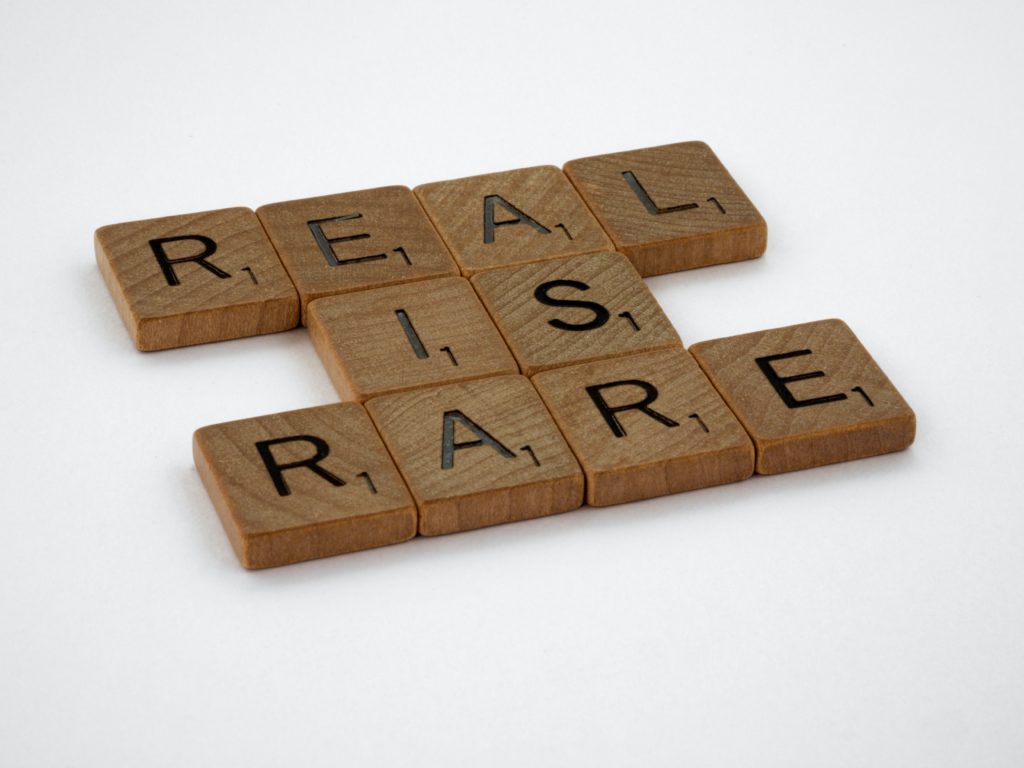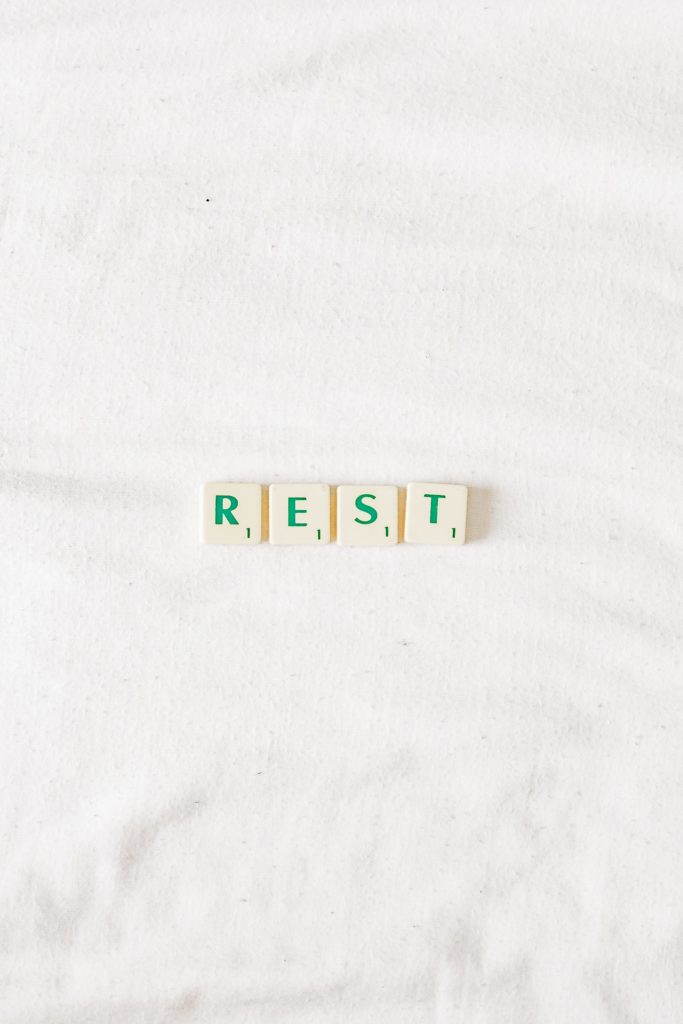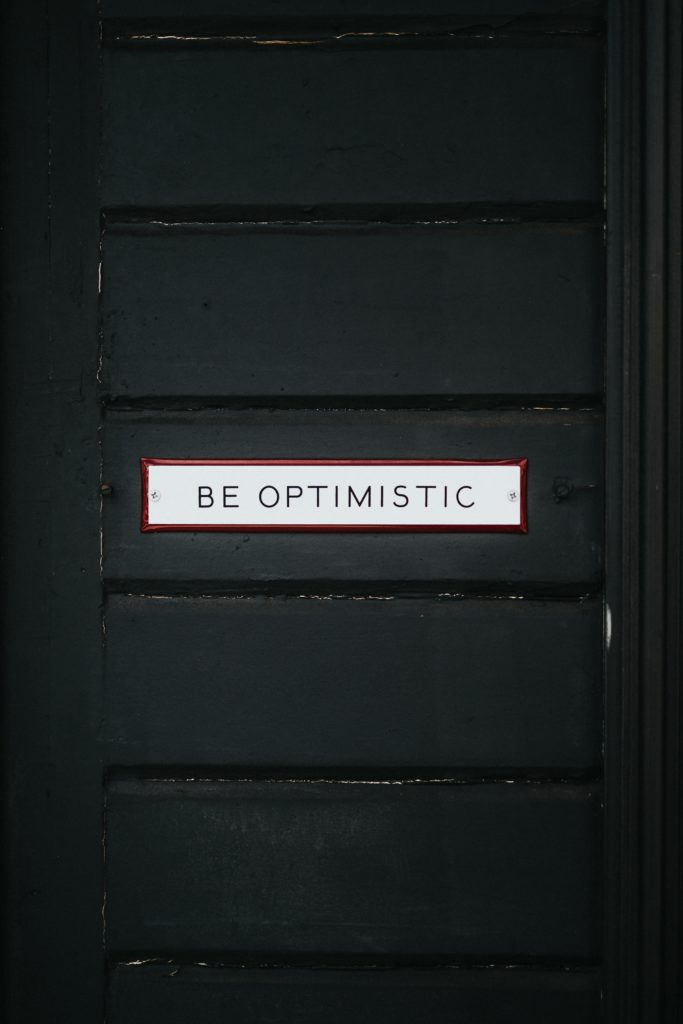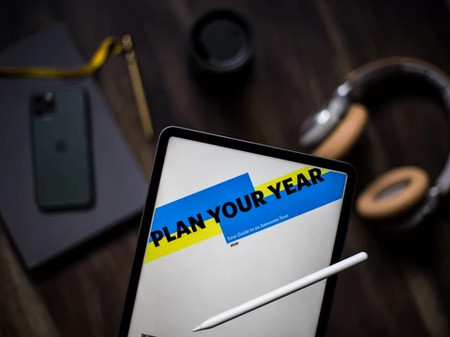Return on Anger
It is not an over exaggeration to say that our current times might later be classified as the age of rage. As divisions over almost everything mount, we are becoming a more angry society.
Like most posts I write, the idea of this post came to me because of something I was experiencing. While I do not think of myself as a naturally angry person, I have to confess that I have seen it bubble up more frequently in the last year.
Am I alone? Or, does any of the following get your blood boiling?
COVID-19 restrictions
Lack of COVID-19 restrictions
People that preach the vaccine
People that preach the vaccine is a Government take-over
Politics: Right, Left, or anywhere in-between
The lack of anywhere “in-between” politically
Politics coming into every aspect of life
Your pro baseball team’s lousy hitting
Okay, maybe the last one is not something you get worked up about, but I would imagine you have feelings, perhaps even strong feelings, about all the rest. Perhaps these feelings even lead to anger.
Notice, I purposely did not take a side on any of the issues listed above. I suspect that even mentioning them gets people a little agitated these days.
I do not know a single leader in any position of authority that does not do a return on investment (ROI) for a capital expenditure. So, here is my question for today’s post, when was the last time you did an ROI on anger?
This is the question I posed to myself last week when I felt angry after reading the latest Wall Street Journal article on another political divide. My answer was that I never get an acceptable return on my anger.
Let me repeat for impact.
I never get an acceptable return on my anger.
What about you?
The more I thought about it, the more anger costs me.
For example,
When I am angry, I do not serve my spouse, or my kids, well.
When I am angry, I come to work with a demeanor that can be off putting to others.
When I am angry, I can make bad decisions.
When I am angry, I can say hurtful things.
When I am angry, I am sinful.
You might not like the word sinful. As a follower of Jesus, however, I want to be clear that I am not judging you, or anyone else. Rather, I am just confessing that anger separates me from God, which is what sin does. When I am angry in the ways described above, I am not righteous. Rather, I am separated from God and sinful. In effect, I am saying to God that my way is better and my thoughts on a particular issue are supreme.
None of this is true. Regardless of what I am angry about, I am not fully in the right and my way is not entirely right.
I am simply not God.
Coming back to leading others, it is important to turn away from this kind of anger. I say this with conviction because leadership is about serving others. To be someone worth following, then, a leader needs to set aside their preferences for the greater good of those they lead.
To this end, can’t we all take a collective sigh, and for the good of our organizations—the area where we actually have influence—lead with humility? Perhaps, even lead in a way that is welcoming of diverse thought and diverse views?
I believe that is the way the One I follow would want me to lead. Note, this does not mean I do not have convictions, or even strong points of view. It simply means that I can hold those, while simultaneously being open to the view of others. This open-mindedness opens the door to a reality that is less about anger and more about love.
I know this is counter-cultural, but this is why I pray for those I do not agree with. Please note that these prayers are NOT about God somehow changing the people I disagree with, but rather about God changing ME.
I pray:
“Lord, I do not agree with so and so about the particular issue of X. That said, I pray that you bless them. That you give me eyes to love them. Help me discern where they are right, and where I am wrong. Most importantly, lead me to your Truth in this situation. Help me also to be humble. Help me to live according to your Word only, and not to anything less than your Word. Help me to love others as you love me.”
You see I have come to discover a truth shared long ago: love has an acceptable ROI, whereas anger does not.
Therefore, the more love I bring to my spouse, kids, and work, the better off I am in the long run.
To do this, I admittedly have to monitor what I am turning my mind to. This may mean signing off social media or ignoring the latest Wall Street Journal article, but my life is better for it.
Please understand that this is a constant struggle. The constant bombardment of messages sometimes gets the best of me. It is at these times when I return back to some kind of the aforementioned prayer I wrote above.
Leaders, I will ask the question one last time that I started with post with. When was the last time you did an ROI on your anger?
My suspicion is that any type of ROI on anger is going to teach you that it does not give you the return you need to be an effective leader.
On the other hand, love has an unlimited return to the leader focused on serving other human beings.
Choose which return you want.
But, as for me and my house, I am serving the Lord and building my life on irrational love.
Especially for those I disagree with.










